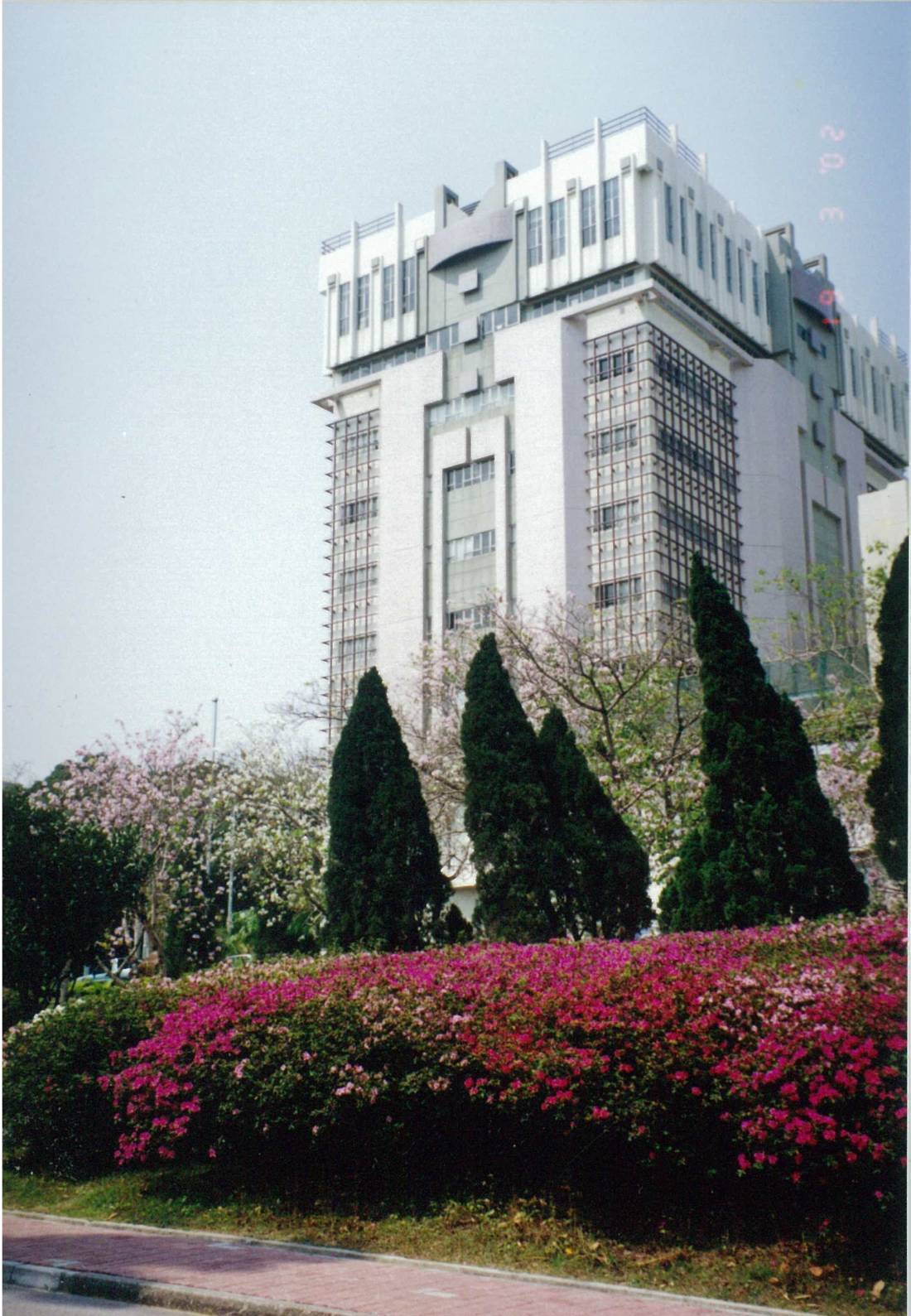Milestones
1950s: During the Cold War, China shut her door to the outside world. Many western foundations supported the effort to develop an academic service center in Hong Kong to study contemporary China.
1962: A year before the Centre was established, a large number of refugees had been allowed to escape across the border into Hong Kong, and thereafter a trickle of émigrés and travelers from the mainland continued to flow to Hong Kong.
1963: William Marvel, president of Education and World Affairs, who contributed great effort in finding a proper location for a Chinese study centre in Hong Kong, contacted Jerome Cohen, a legal scholar at University of California, who was spending the year in Kowloon. Within months, Cohen had arranged for the Universities Service Centre to rent a large independent residence at 155 Argyle Street and began interviewing refugees.

The Centre's first Director Jerome Cohen and his family
1964: The Universities Service Centre officially opened to scholar of various disciplines around the world. Overwhelmingly, young scholars and graduate students formed the core of the Centre.
1966: The USC had to begin to develop its own collection, as the Union Research Institute, the best collection of materials on mainland China in Hong Kong at the time, who previously agreed to make its clipping files and books available to the USC, could no longer keep its collections up to date.
1970: within six years of the centre’s opening, more than 250 scholars had used the Centre.
1971: China opened to foreign delegations. This marked a new era of USC. The first group of American scholars to go to China in 1971, consisted entirely of young researchers from the USC and their spouses, and their first reports when they returned were to fellow USC scholars.
1974-1988: John Dolfin had taken the position as the centre’s Director. He intensively acquiring complete sets of an enormous range of Chinese local and provincial newspapers. By the late 1980s the Centre had an excellent library collection, with a vast set of local and regional PRC newspapers from the early 1950s onward, unrivaled in any library anywhere.
1980s: Following China’s open-door policy, foundations like Mellon, Carnegie, Luce and Ford were beginning to withdraw their financial support to USC. The Centre established an International Advisory Committee to discuss the possibility of handing the Centre to a local university to maintain its collections and service.
1988: The Chinese University of Hong Kong became the new home of USC. The Centre closed its old office at 155 Argyle Street and gradually moved all its books to the Chinese University. The new director, H. C. Kuan, helped ensure the new direction, and Jean Hung, dedicated to the Centre’s administration, collection improvement and scholarly community building.

The Centre's current office at 8/9F Tin Ka Ping Building, CUHK
1990s: Scholars from the PRC began coming to the Centre, for they found that the collection was more comprehensive than collections on the mainland, better organized, and easier to use.
1995: The USC acquired sustainable funding to provide financial support to scholars from mainland China for their research at USC.
2005: The new mission of USC was to nurture the new generation of scholars in the field of Chinese studies. With the financial support of the Asia-pacific Centre for Chinese Studies, USC organized the Graduate Seminar on China (GSOC) since 2005.
2021: USC collection integrated into the CUHK Library collection while exchange and academic activities continue under the auspices of the Institute of Chinese Studies (ICS).
 .
.
The above contents are largely based on the following articles:
Ezra F. Vogel, The First Forty Years of the Universities Service Centre for China Studies, The China Journal, No. 53, Celebrating the Universities Service Centre for China Studies (Jan., 2005), pp. 1-7.
Ezra F. Vogel, Milestones in the History of the Universities Service Centre for China Studies, The China Journal, no. 75, Celebrating the Fiftieth Anniversary of the Universities Service Centre for China Studies Special Issue (Jan., 2016), pp. 1-8.
Jean Hung,“中国研究的麦加”是怎样建成的, published on FT Chinese on 9 Febrary 2015.
http://www.ftchinese.com/story/001060301
Incomplete list of the Centre’s users
-Overseas Scholars:
Jerome Cohen, Richard Solomon, Mike Oksenberg, David Lampton, William Parish, Martin K. Whyte, Richard Madsen, Deborah Davis, Charlotte Ikels, Suzanne Pepper, Stanley Rosen, Susan Shirk, Andrew Walder, Jean Oi, Jonathan Unger, Anita Chan, Richard Madsen, Lynn White Ezra F. Vogel, Victor Falkenheim, Kenneth Lieberthal, Stanley Lubman, Lucien Bianco,, Roderick MacFarquhar, Frank Dikotte, Nina Borevskaya
-Chinese Scholars:
秦晖, 杨继绳, 曹树基, 金钟, 戴晴, 张小军 , 朱劲, 崔启源 , 马丽莊, 林耀华, 吴家宝, 宋永毅, 曹锦清, 辛秋水. 萧唐镖. 许江霖 . 刘晓峰. 陈意新 , 康晓光, 金观涛, 萧功秦 , 张隆溪 , 朱维铮 , 陈方正 , 雷竞璇, 丁旺, 沈志华, 关信基, 金观涛 , 刘青峰, 王绍光 , 何清涟
-Diplomates:
Richard Solomon: staff member advising Henry Kissinger
Mike Oksenberg: strategist at the White House under President Jimmy Carter for normalizing relations between the United States and China
David Lampton: president of the US-China Friendship Association for a decade
Bernard Frolic: Canadian Ambassador in Beijing
David Wilson: Hong Kong’s governor who played a key role in negotiating the Joint Declaration between Britain and China over the future of Hong Kong
Contents are based on materials and photos still available at the Centre.


